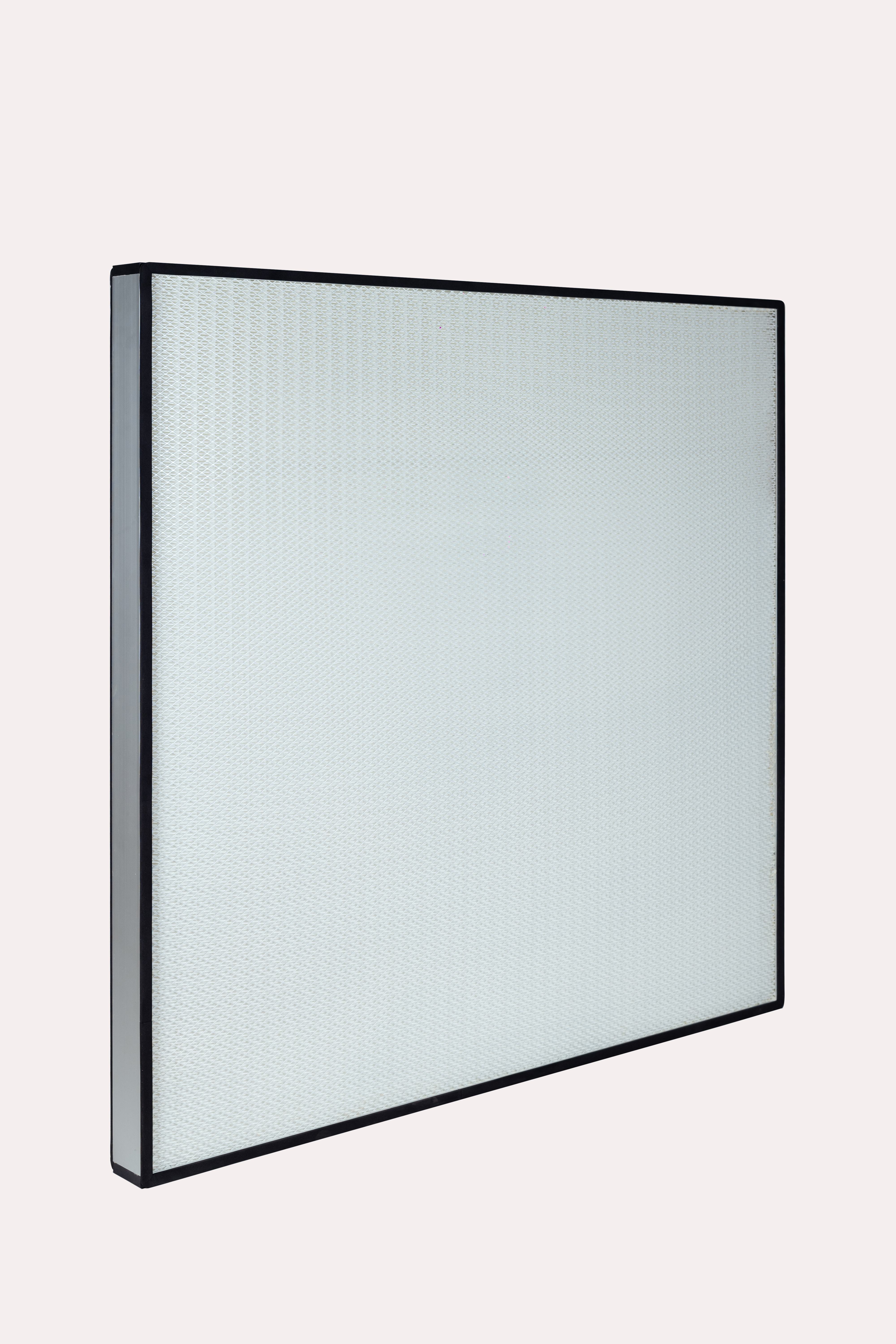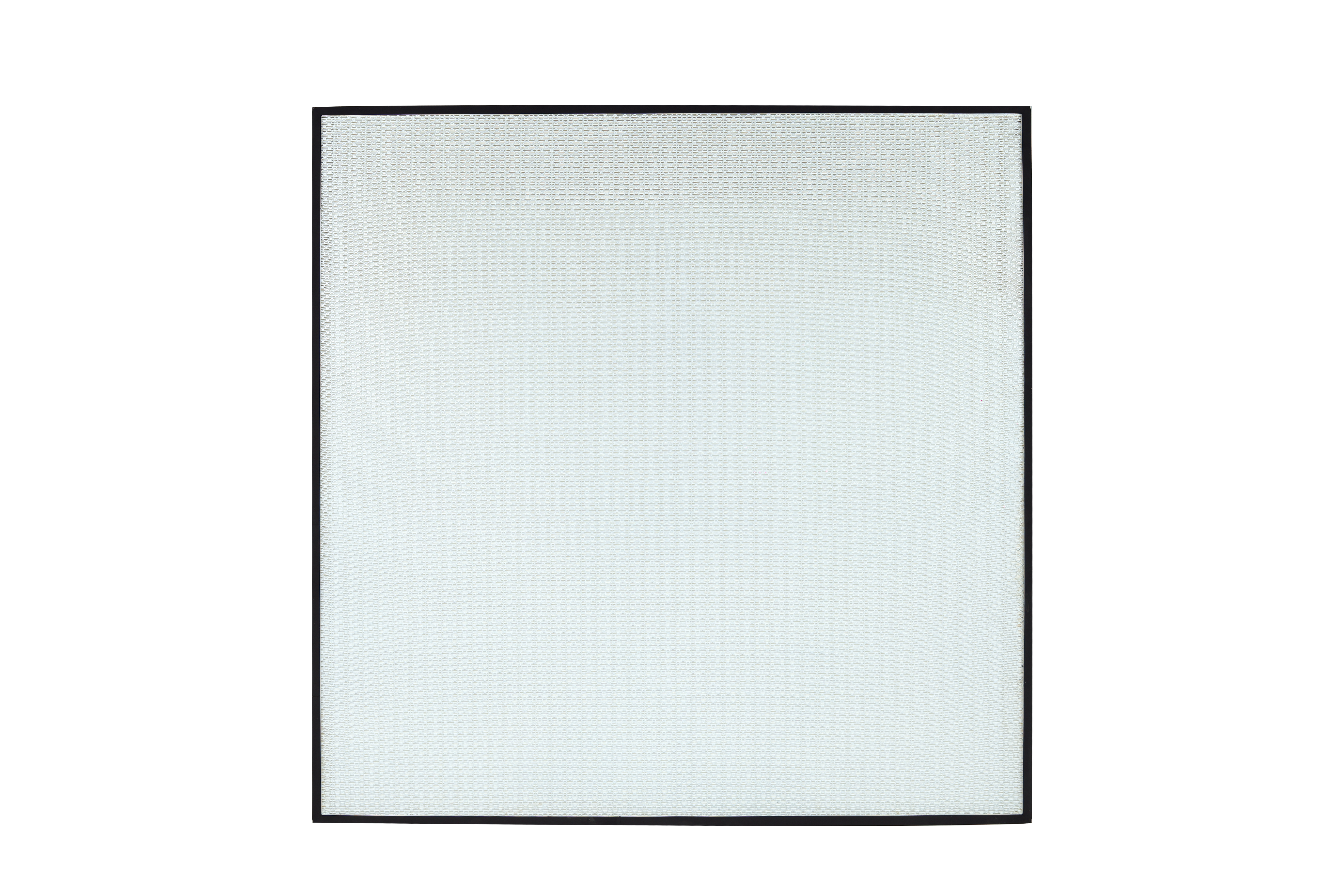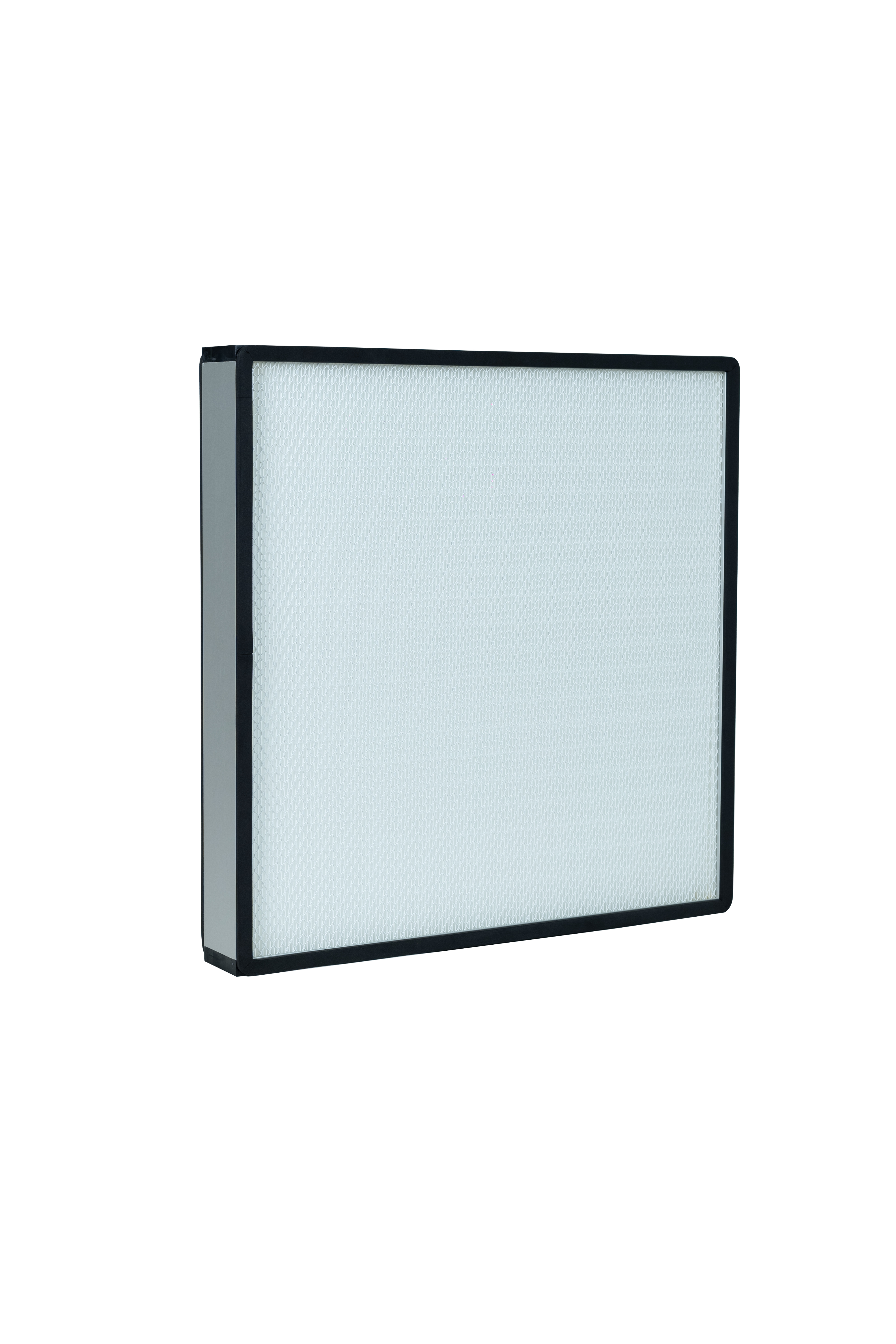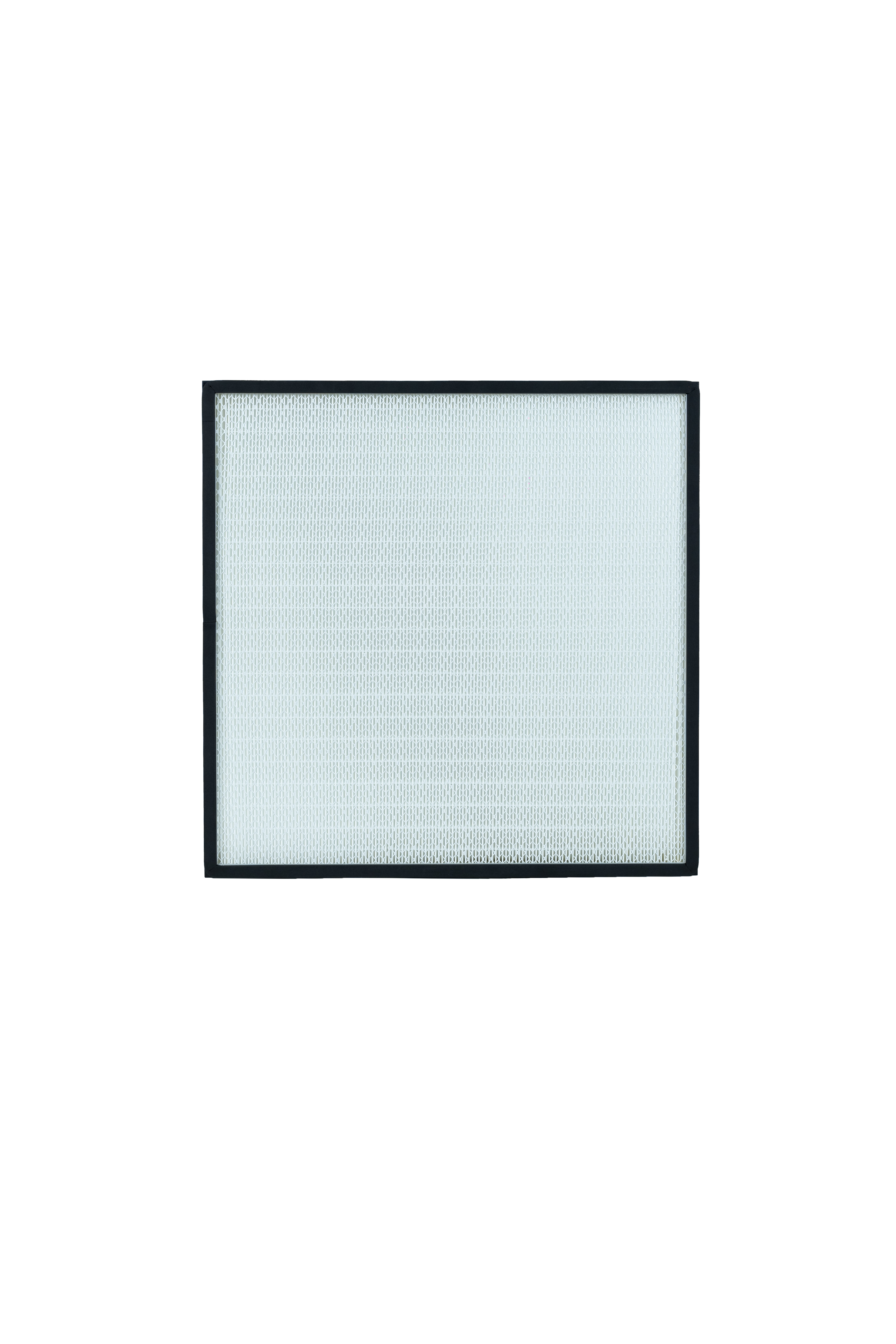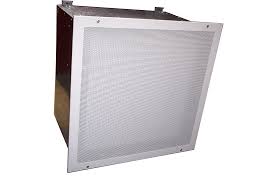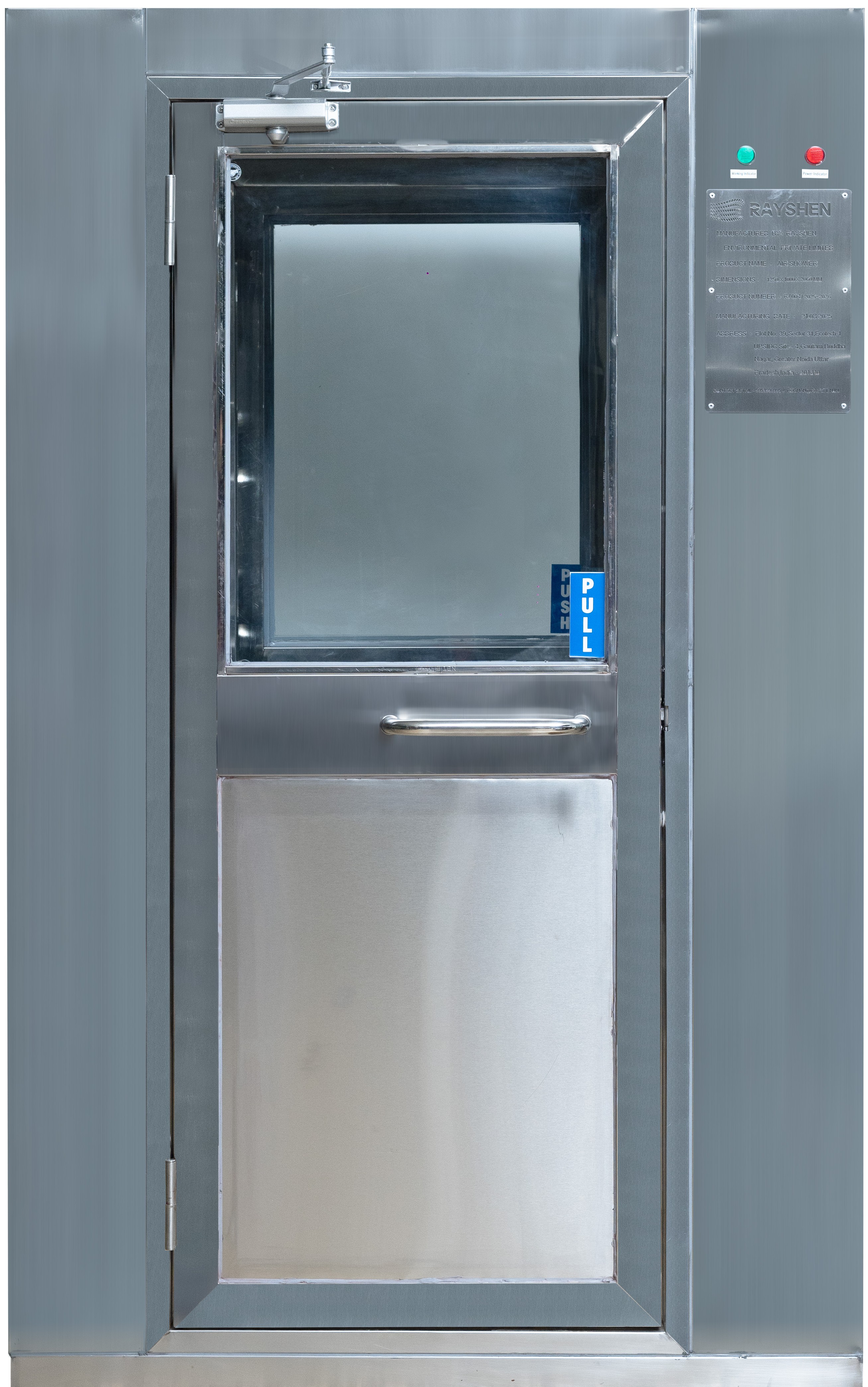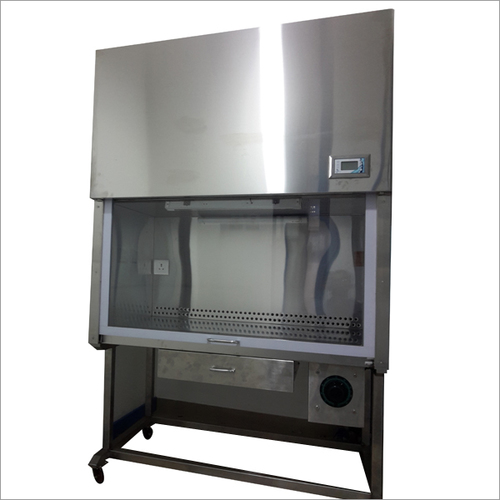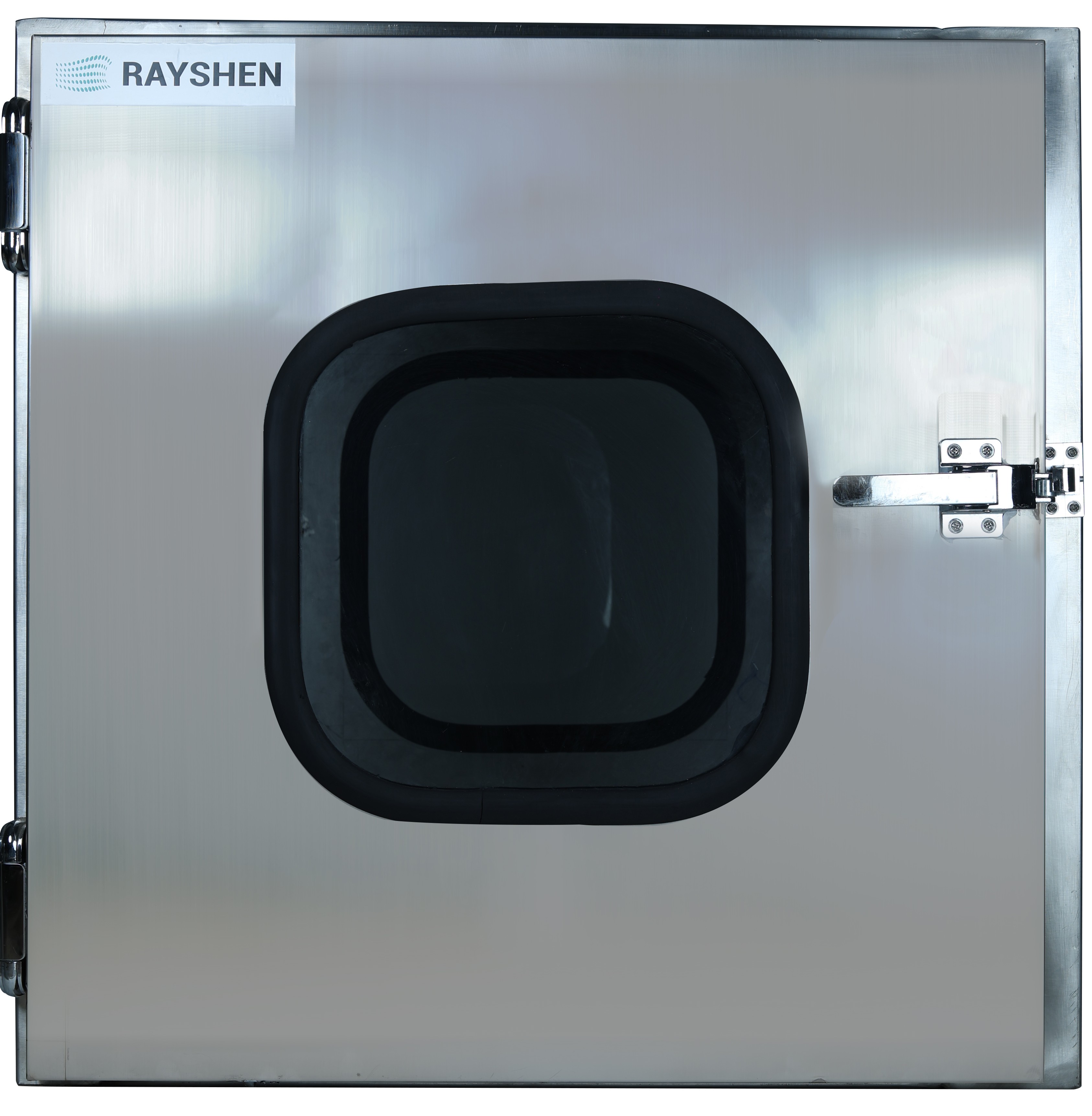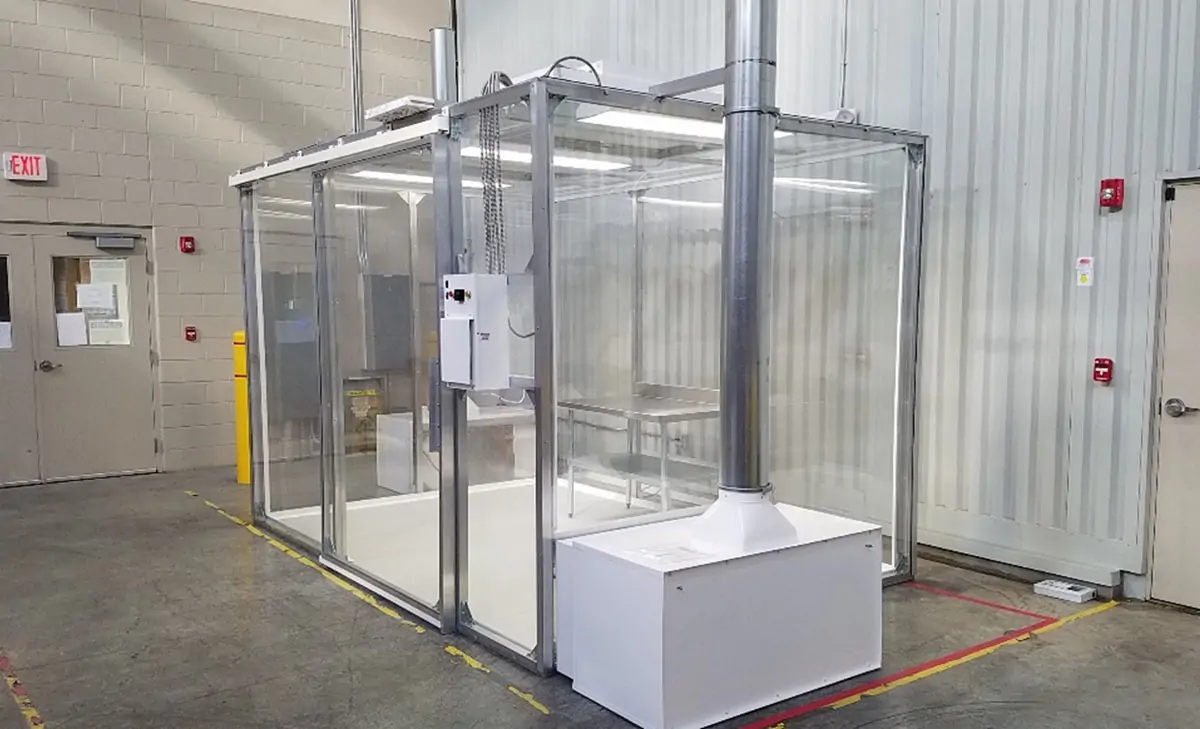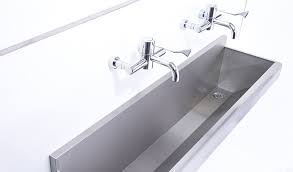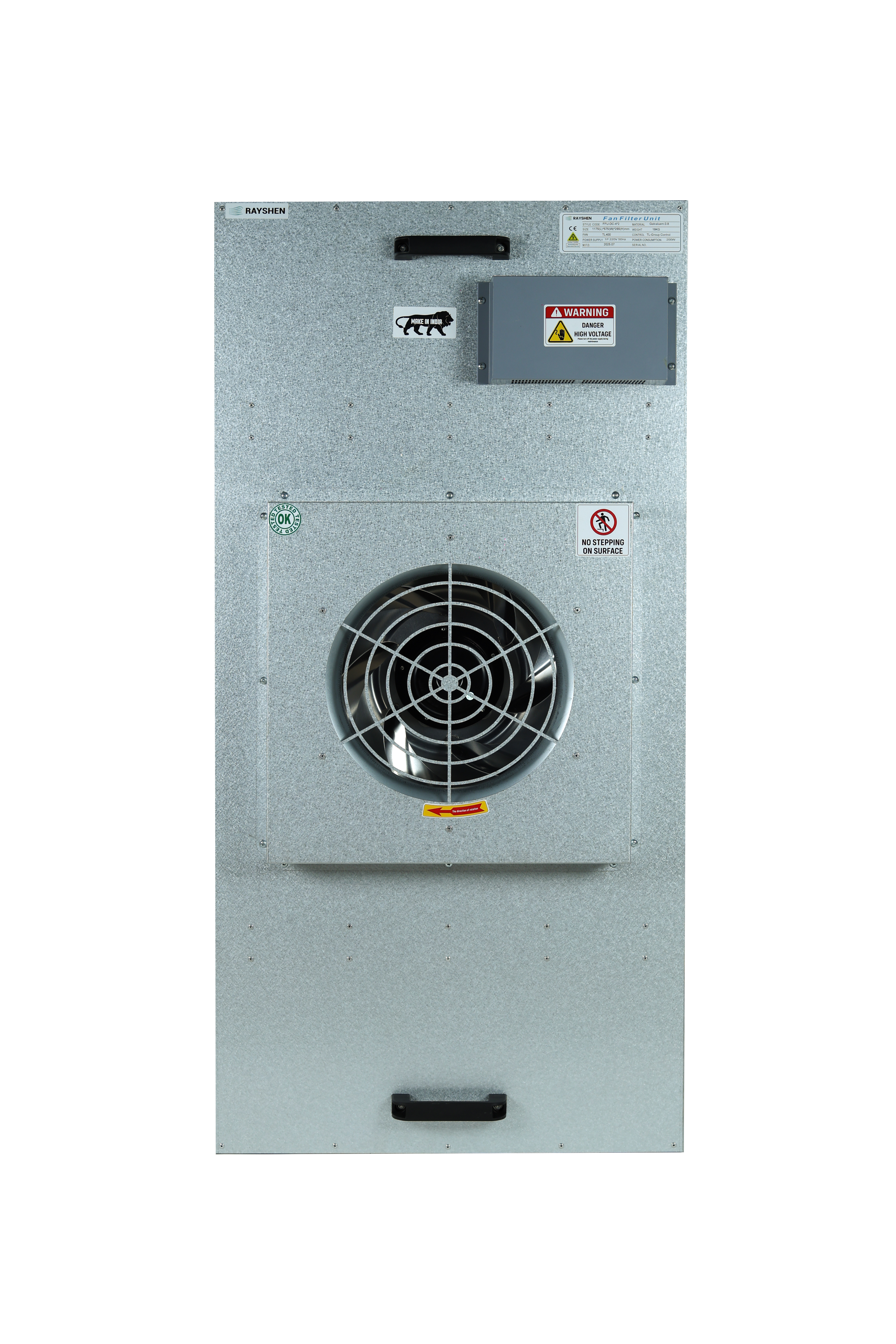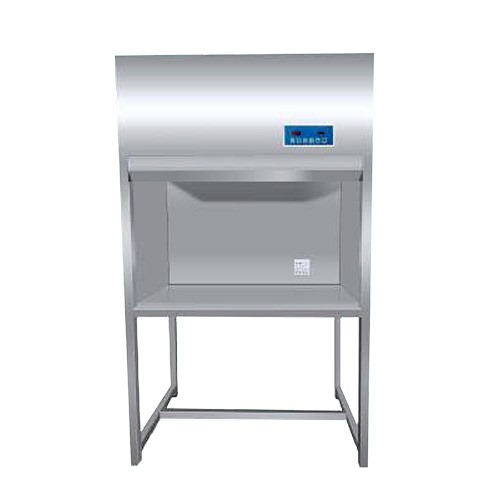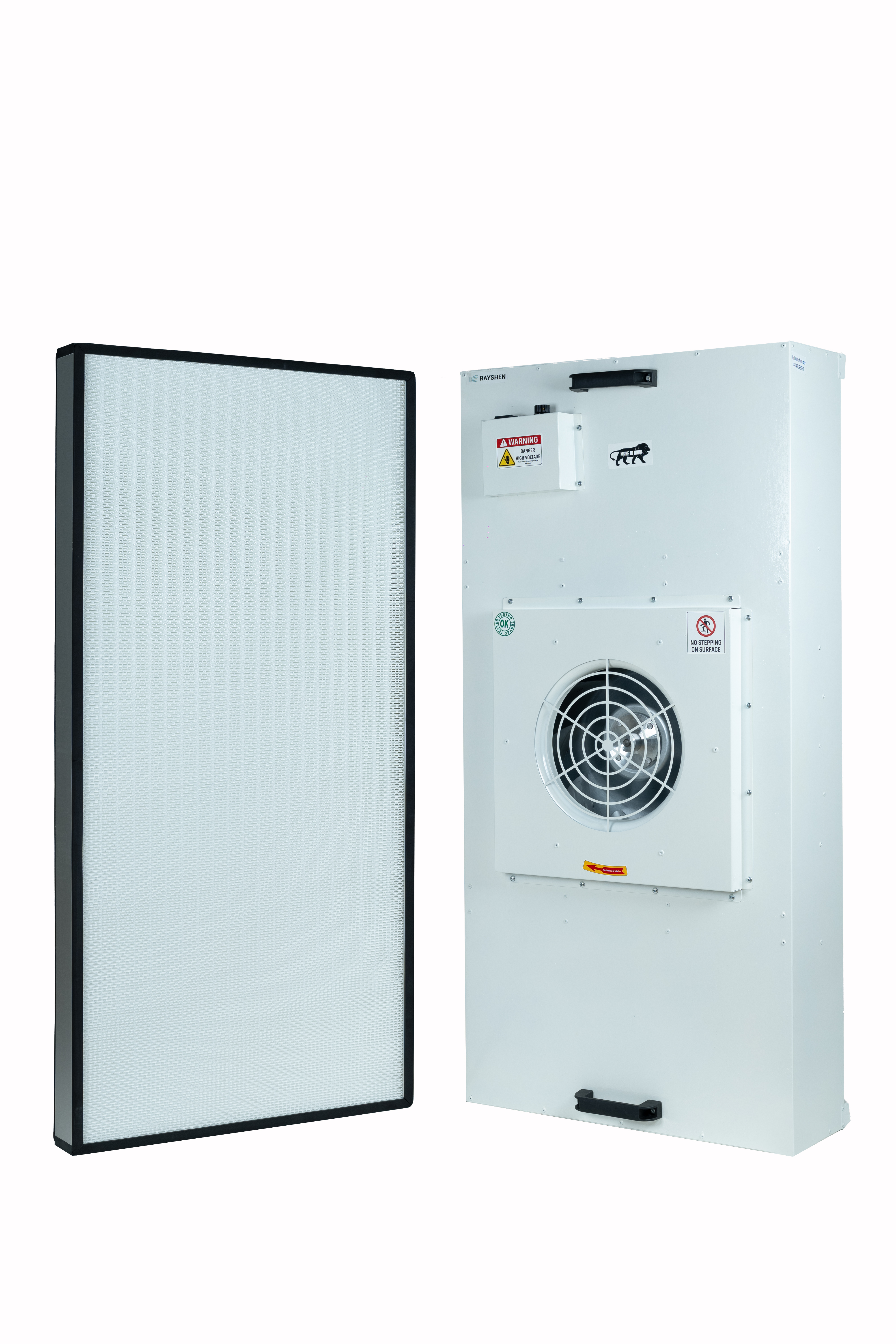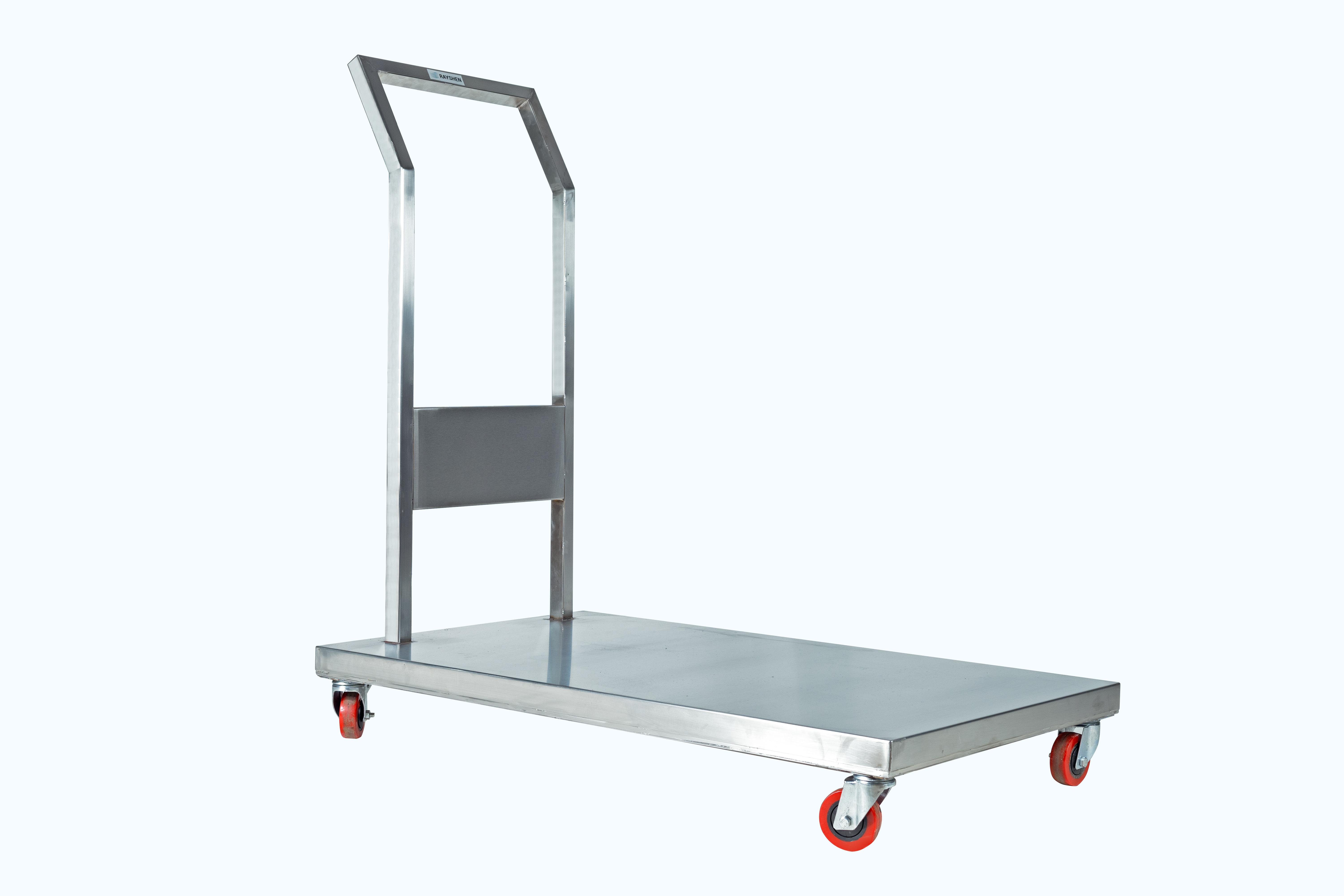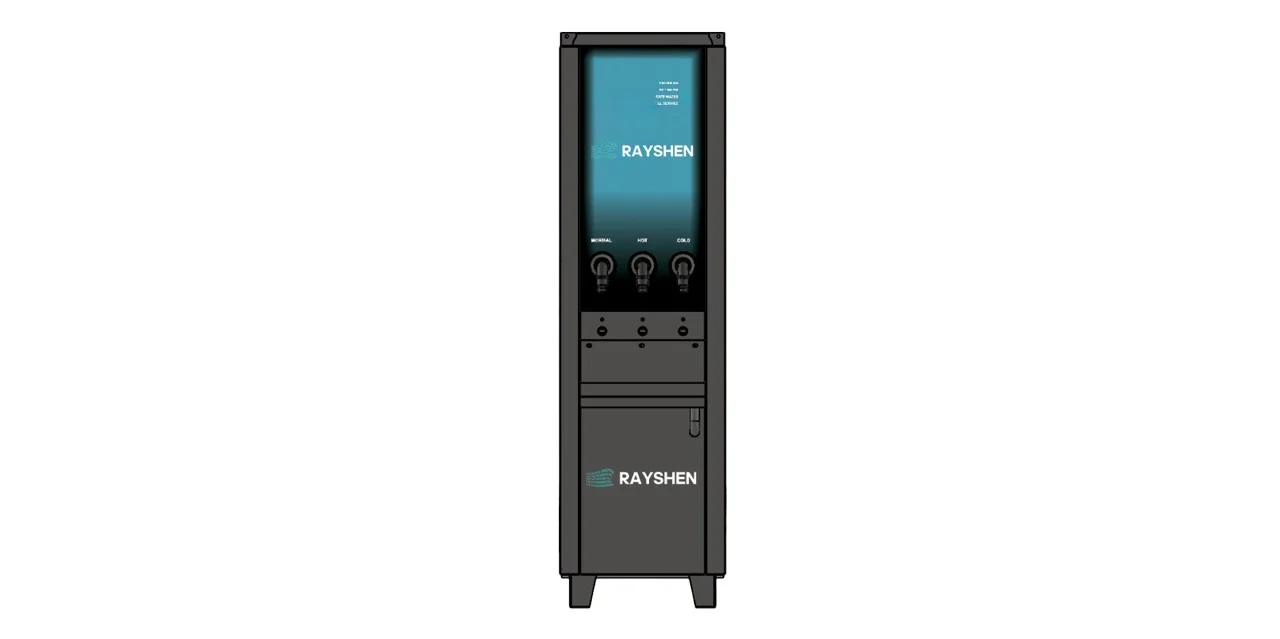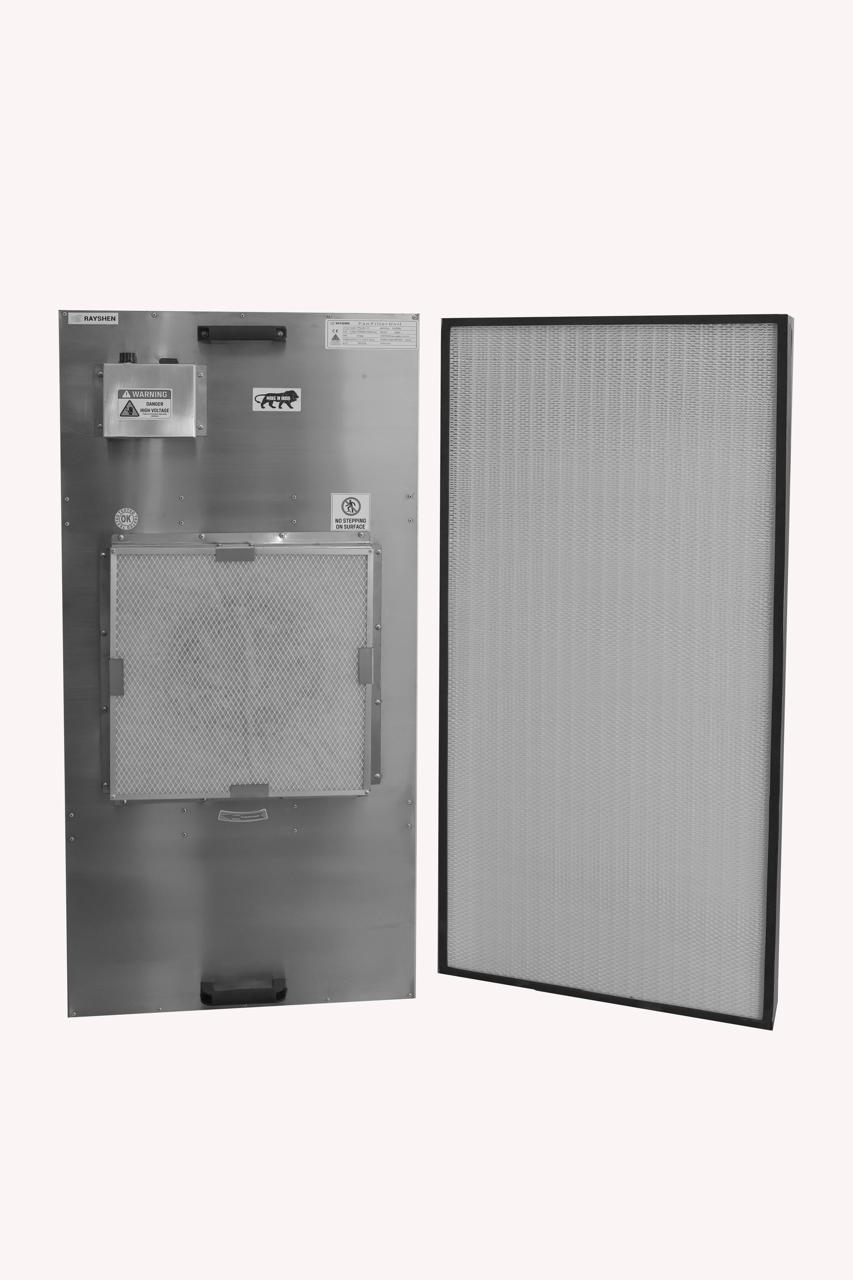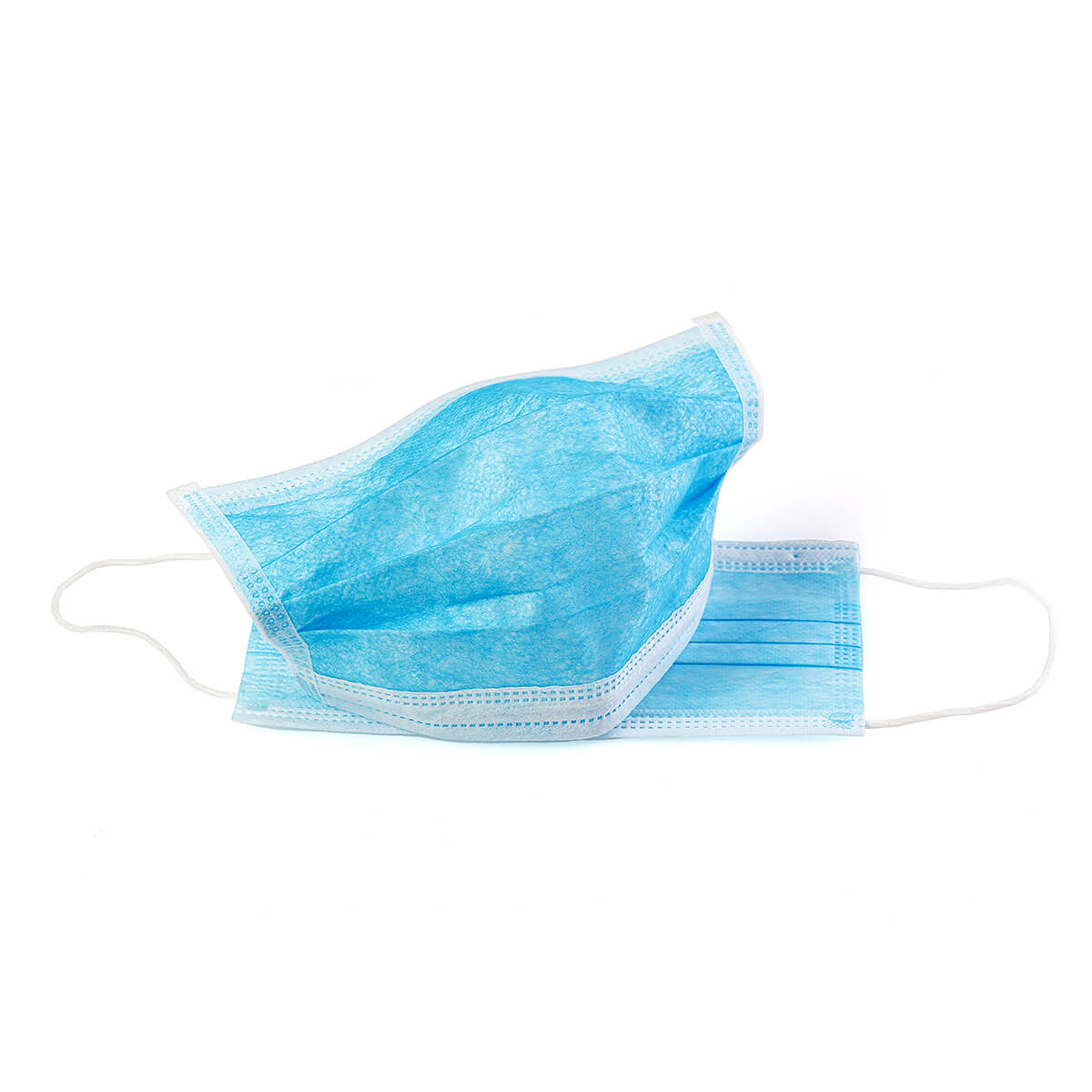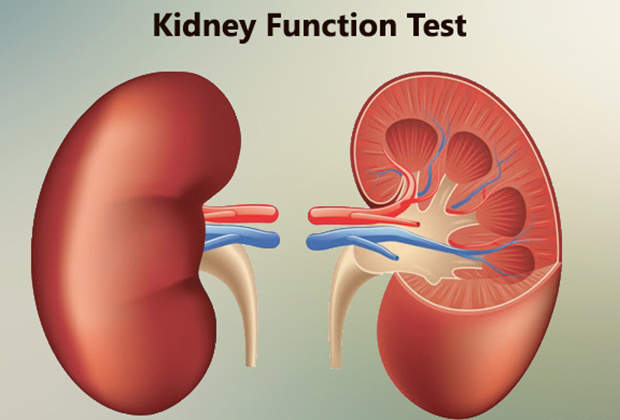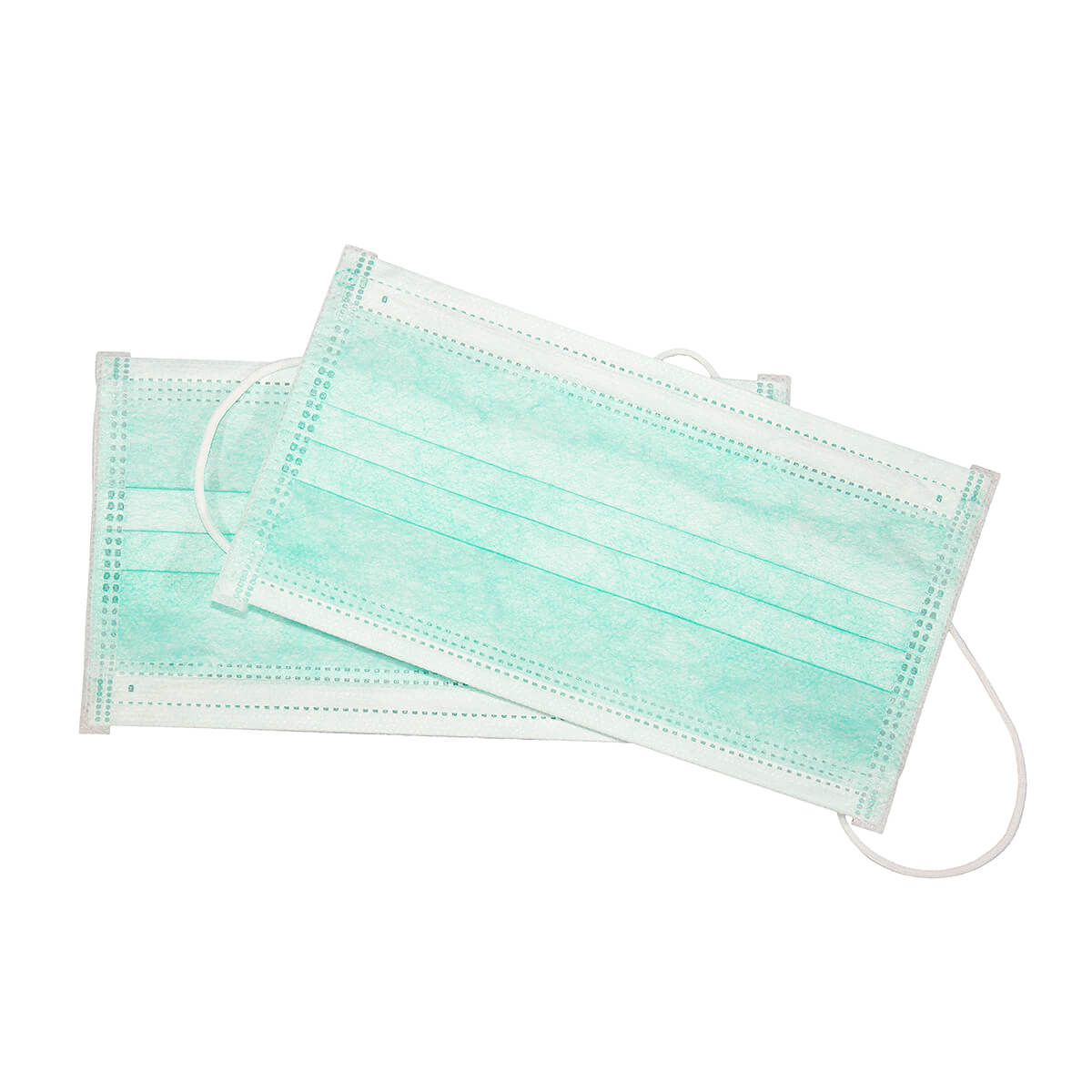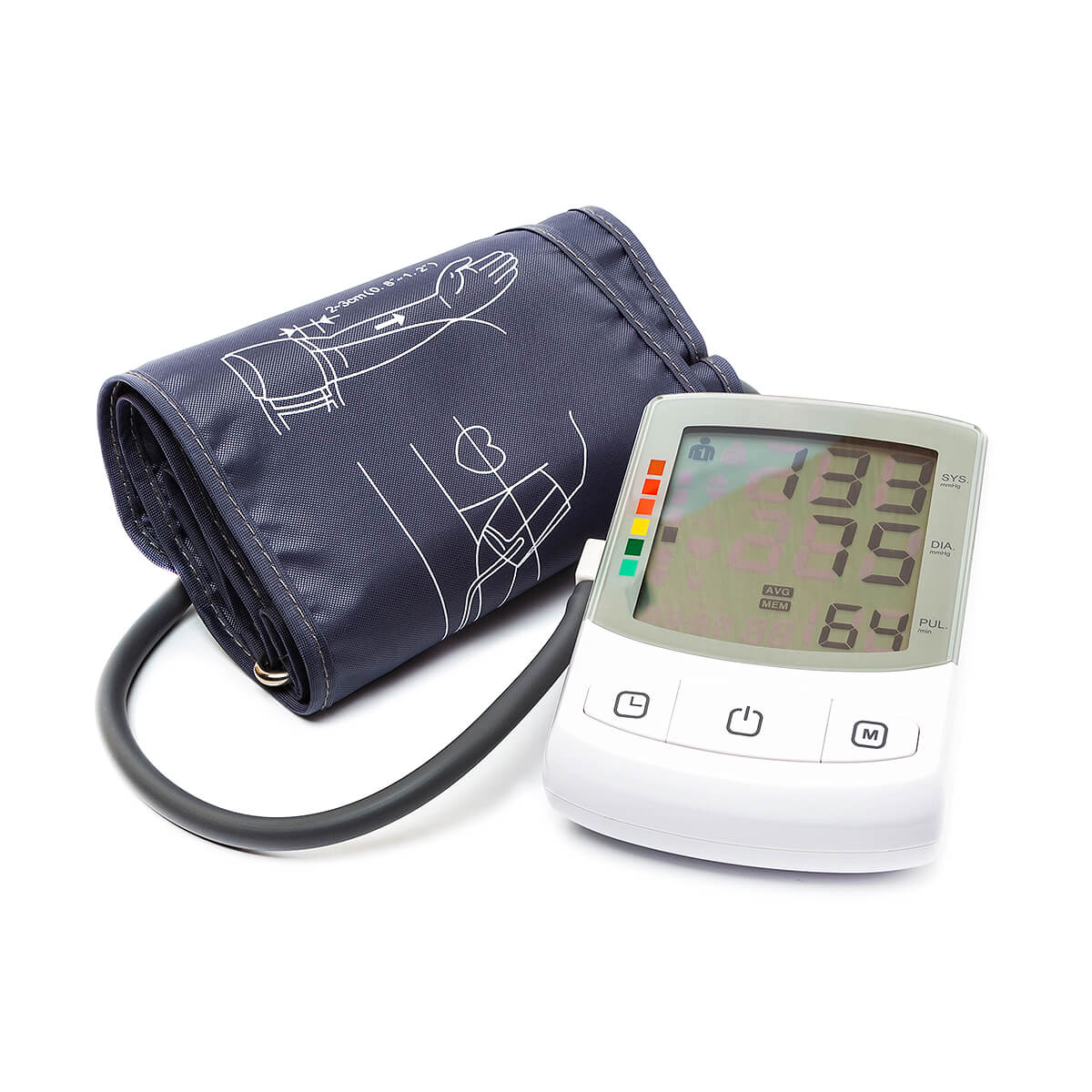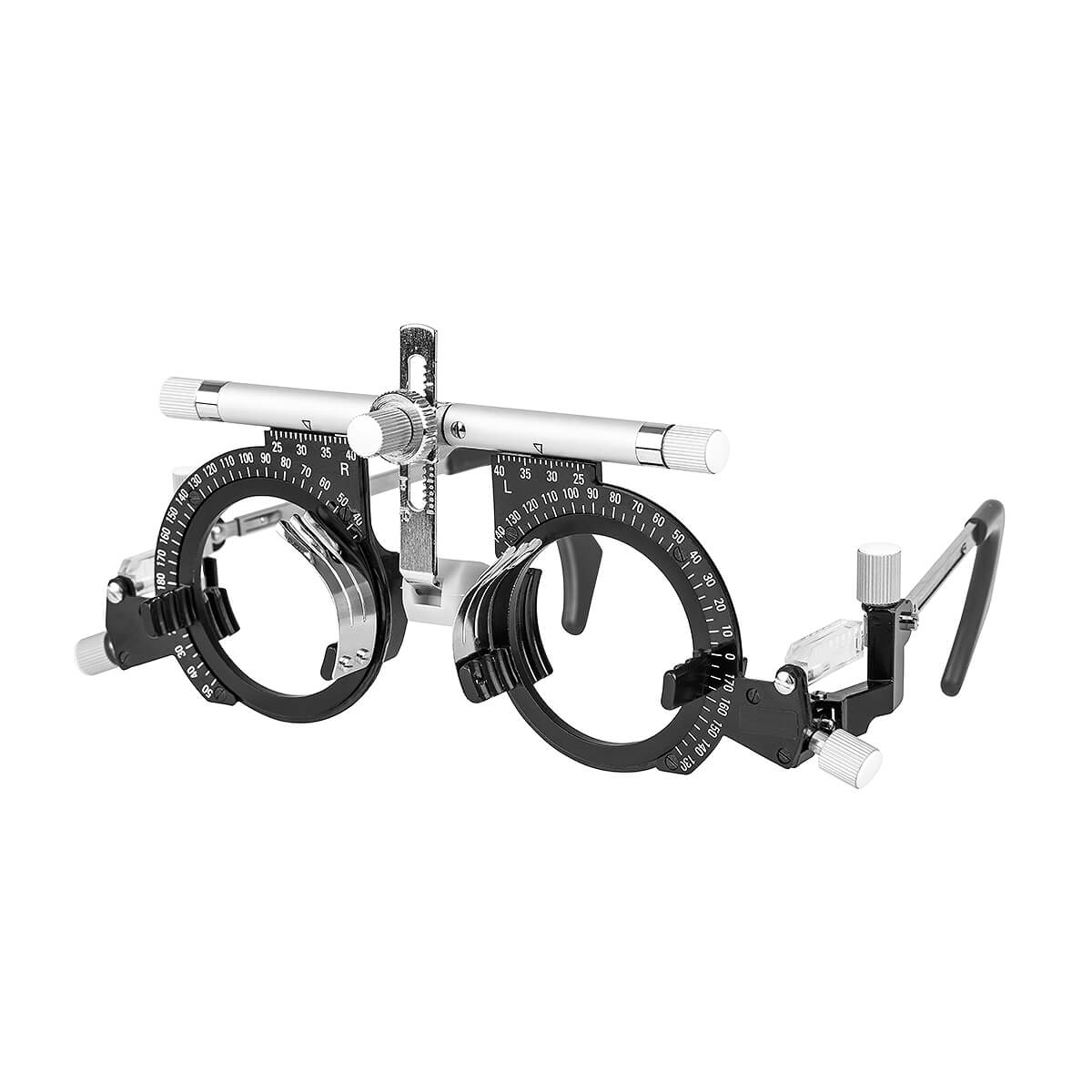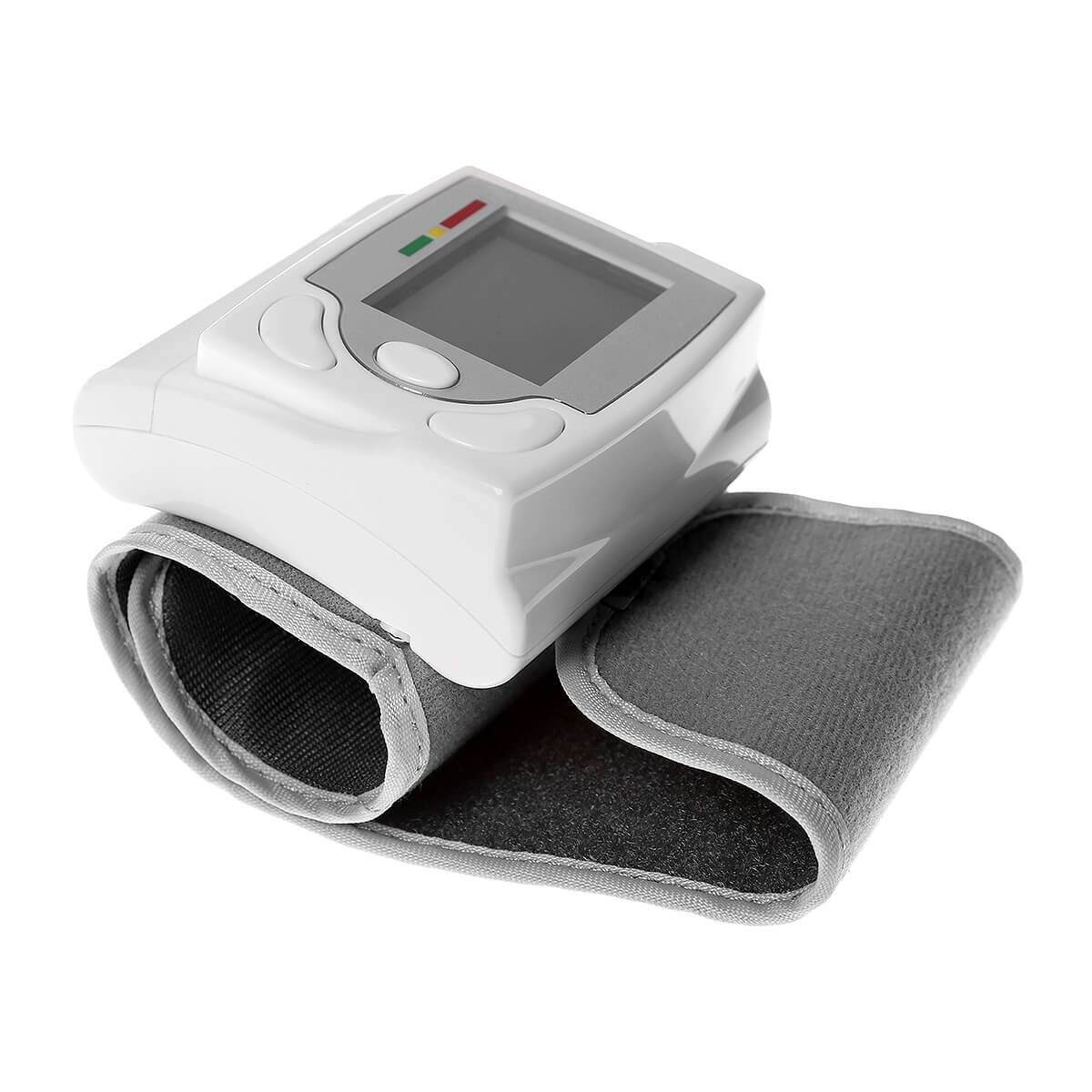"HEPA filter uses ultra-fine glass fiber as the filter media and hot-melt adhesive as the separator, with various frame options.
Compared to separator HEPA filters, it is smaller, lighter, and aesthetically appealing, making it ideal for airflow-restricted applications."
Explanation
(1) Initial Airflow Resistance: The airflow resistance when a new filter is first installed, ensuring normal fan operation.
(2) Final Resistance: The resistance when the filter is near the end of its lifespan. Replacement is recommended at this stage to prevent airflow reduction and equipment performance issues.
(3) Working Air Volume: The airflow volume when working in combination with an FFU.
(4) Maximum Air Volume: The maximum airflow the filter can withstand. Exceeding this limit may cause damage or air leakage.
|
|---|
Filtration Efficiencies:
- H13: 99.95% @ MPPS
- H14: 99.995% @ MPPS
Filter Media: Ultra-fine glass microfiber
Frame Material: Durable, corrosion-resistant aluminum
Separator Type: High-quality hot melt adhesive for uniform pleat spacing
Air Volume:
Rated: Up to 2200 CMH
Maximum: Up to 4180 CMH (with FFUs)
Resistance Ratings:
Initial: 100-110 Pa
Final: 200-220 Pa
Particle Removal Size: 0.3 m (microns)
Design: Compact, lightweight for ceiling or restricted ventilation spaces
Mounting Options: Modular cleanroom ceilings, terminal HEPA boxes, FFU integration
Performance & Application Benefits:
Reliable superior efficiency filtration throughout service life
Low pressure drop for energy-efficient operation
Robust aluminum structure for stability in strong airflow/humidity
Compatible with FFUs, air showers, workbenches, HVAC filters
Available in custom sizes
Ideal for Cleanroom Applications:
Pharmaceutical Manufacturing & Aseptic Processing
Biotechnology Labs & R&D Facilities
Semiconductor Fabrication & Electronics Assembly
Healthcare & Hospital Isolation Wards
Food & Beverage Clean Zones



